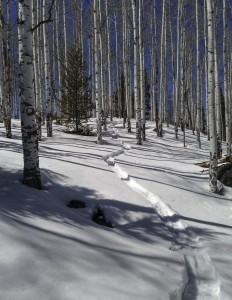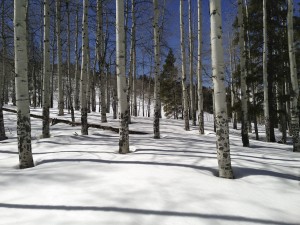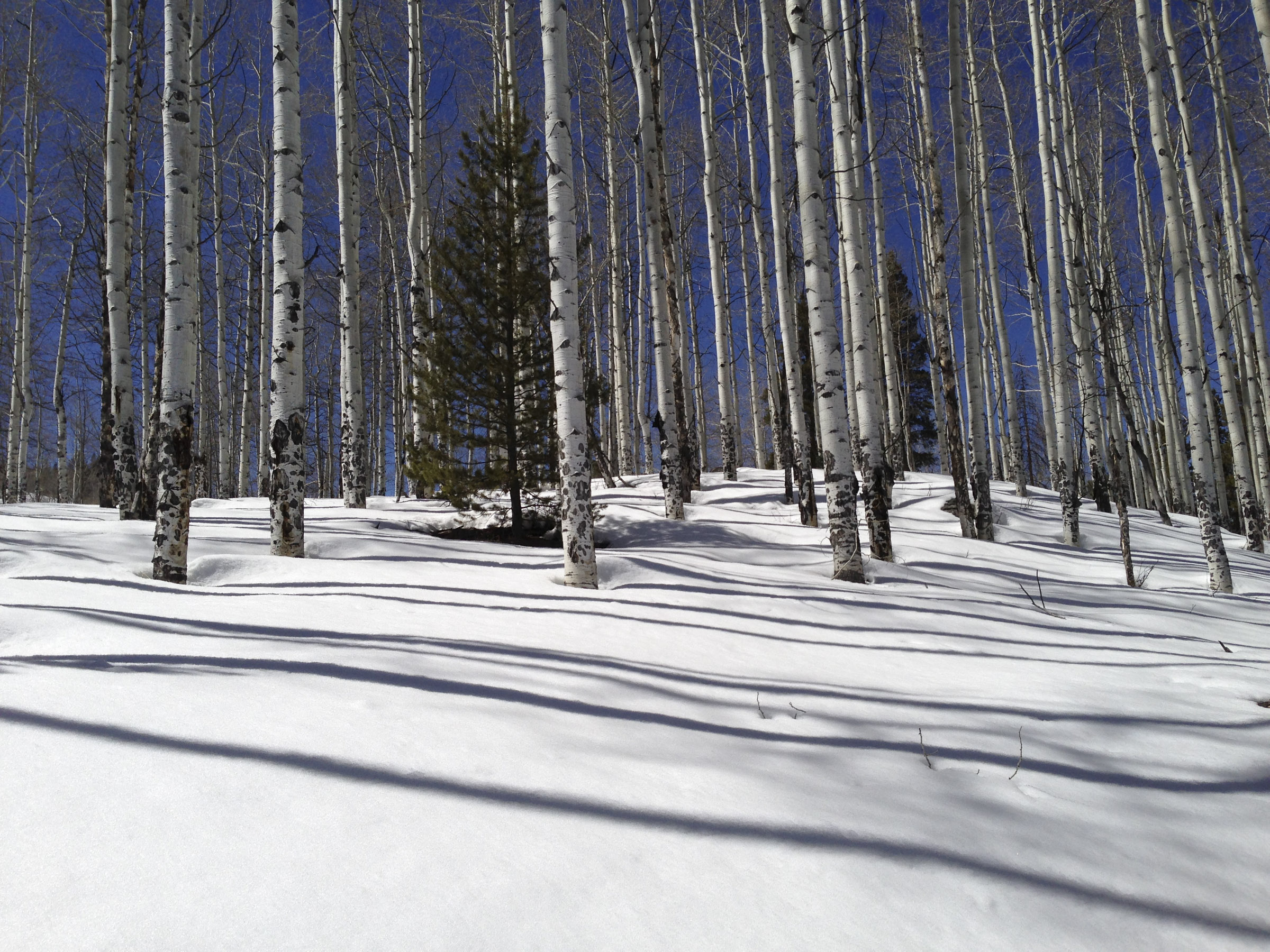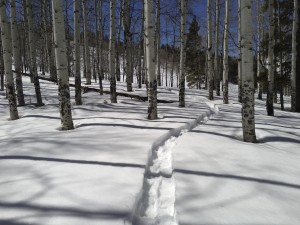 I’m out in Colorado again for my last trip of this winter. It’s been gorgeous so I’ve been out stomping around the woods on my snowshoes for fun and exercise. This time of year when the snow is heavy and soft walking through the thick snow requires considerable effort so I didn’t bring my adult camera with me on my jaunts, just my IPhone 5. Bringing something, anything along for picture taking is important because it forces you to stop and retrieve your lungs, the result of snowshoeing at 8000 feet.
I’m out in Colorado again for my last trip of this winter. It’s been gorgeous so I’ve been out stomping around the woods on my snowshoes for fun and exercise. This time of year when the snow is heavy and soft walking through the thick snow requires considerable effort so I didn’t bring my adult camera with me on my jaunts, just my IPhone 5. Bringing something, anything along for picture taking is important because it forces you to stop and retrieve your lungs, the result of snowshoeing at 8000 feet.
So I’m out wandering around and I notice that on the way up the hill with pristine snow in front the compositions are quite different than when I’m coming down the hill on the same path with my tracks in front. Not saying one is better than the other, just different. So I set out to capture the two different compositions on my phone so I could compare them and share them. Notice how much different the pair of images feel: the pristine one almost unapproachable and the tracked one so inviting.
This led me to realize that when you are leaving tracks, whether in snow or sand or dust or through a wet meadow, you should be deliberate with your path. Look at the landscape and decide where you want your path to go. In effect, you are creating your composition, tracing it on to landscape. This approach works with foot steps on a beach (how close to the waves? straight line or curved?), in dunes (along the ridge line ? cutting across?) or in a wet field (straight across? s-shaped? bottom to top?). And of course, it works in snow.
We often photograph what we come across and are at the mercy of the elements to define the composition. With footprints, take no mercy. Take a shot of the untracked landscape and then trace the artistic line you want. Then come back and take your picture. You’ll have two shots of the same environment that are completely different.



